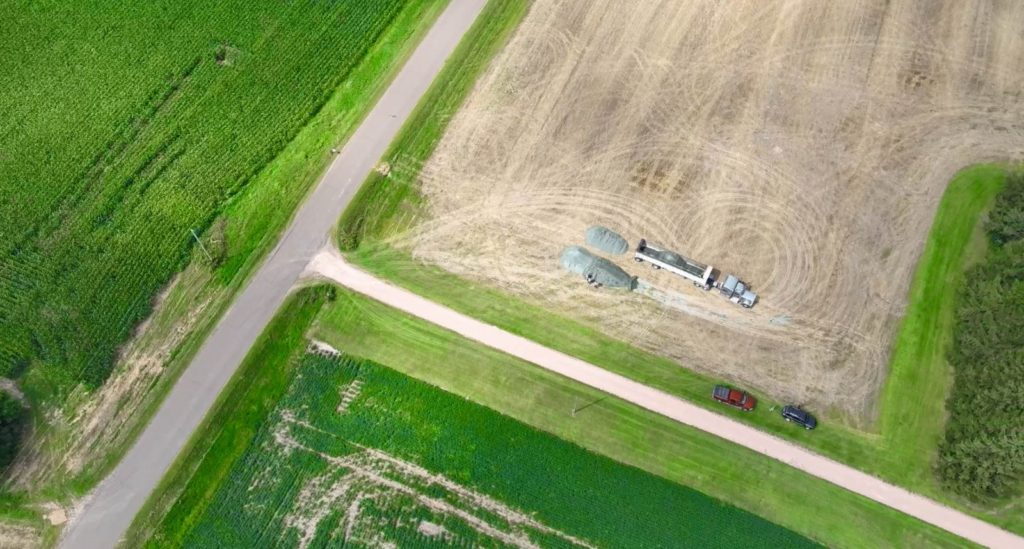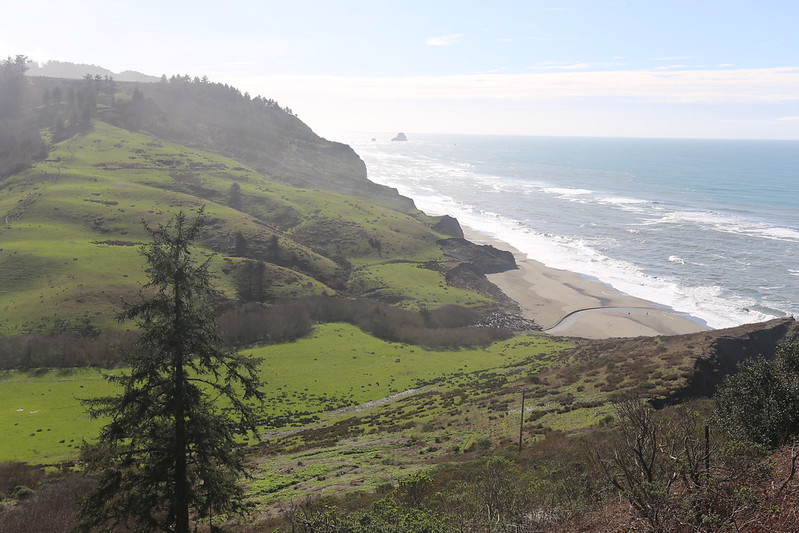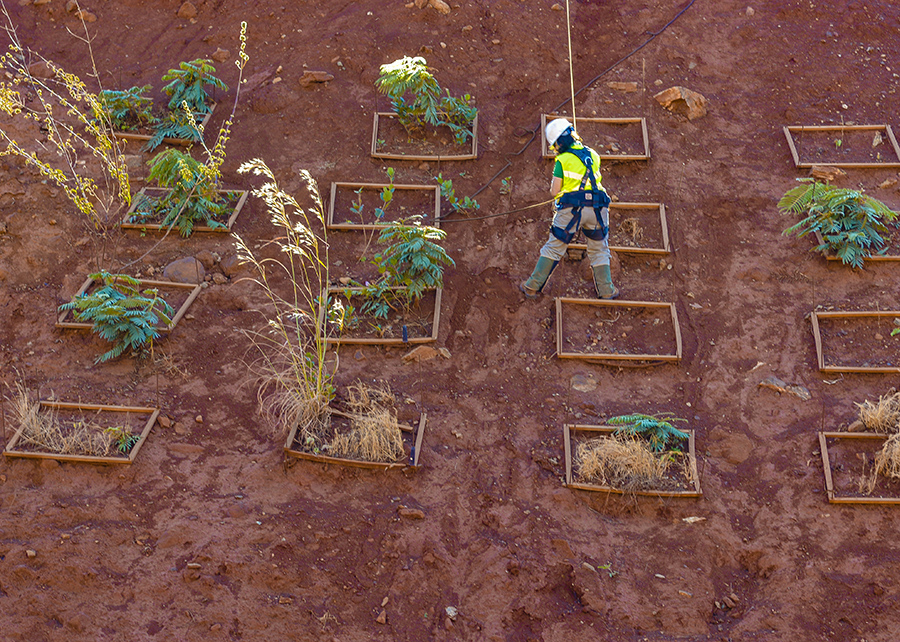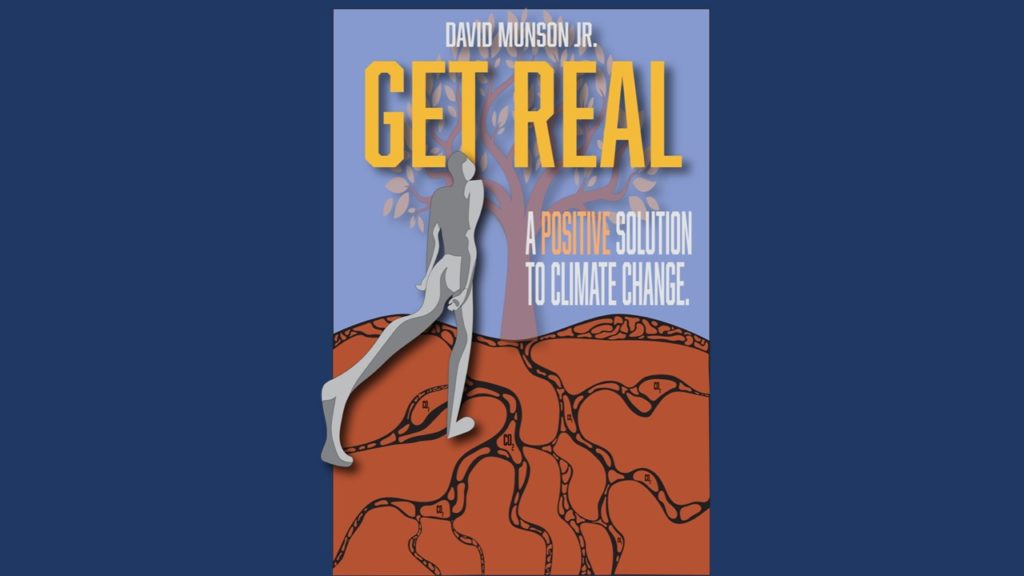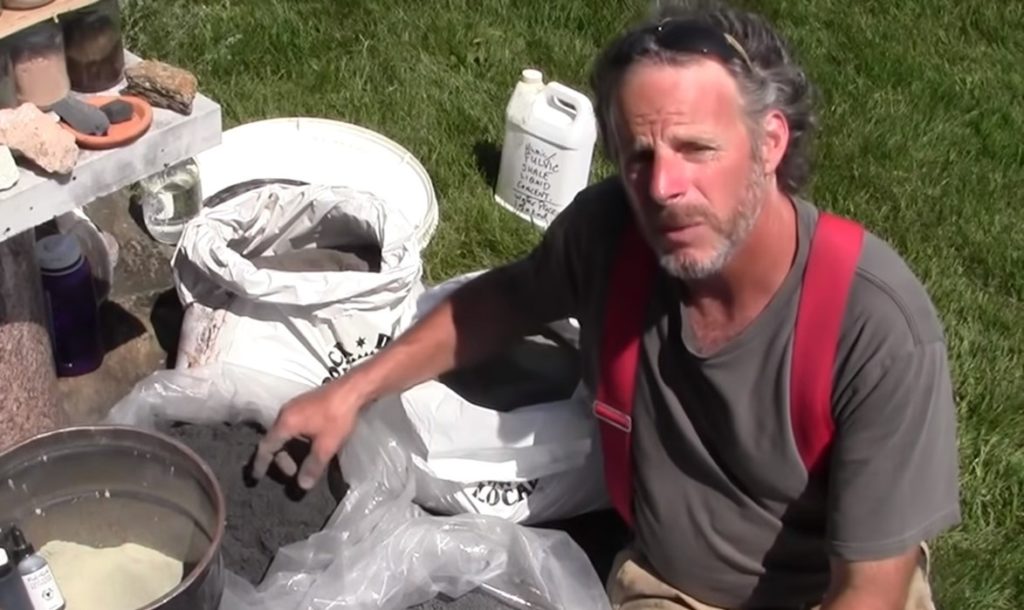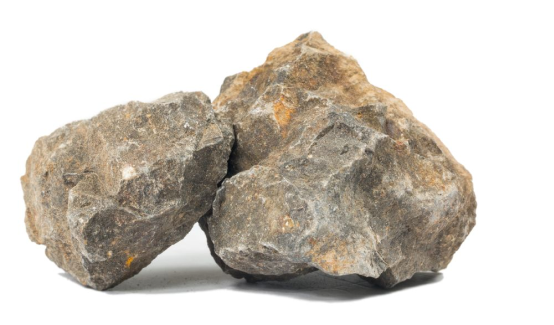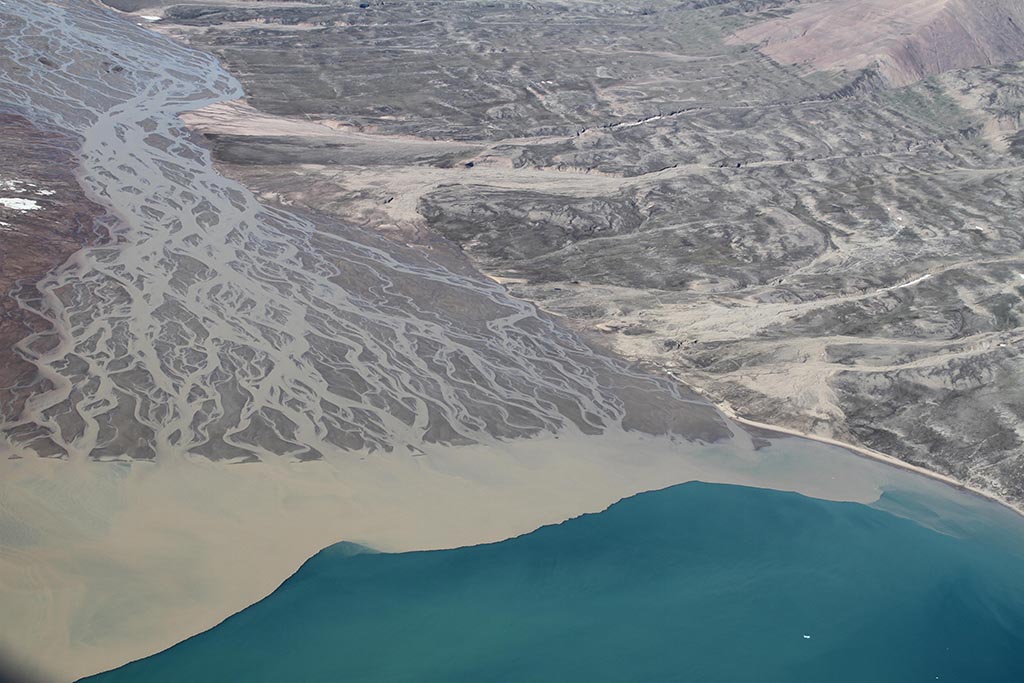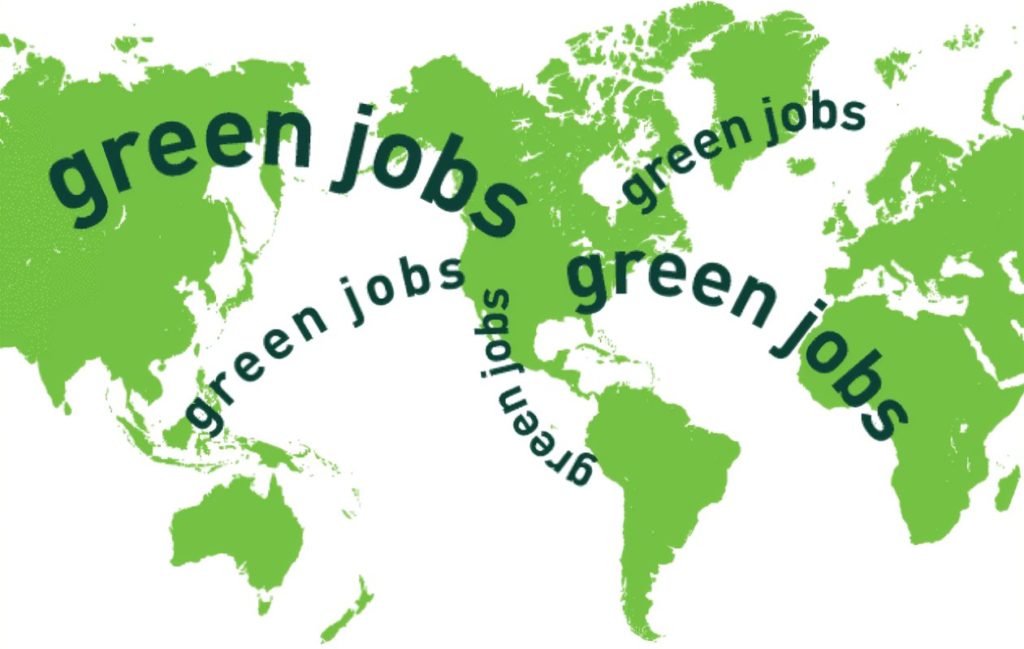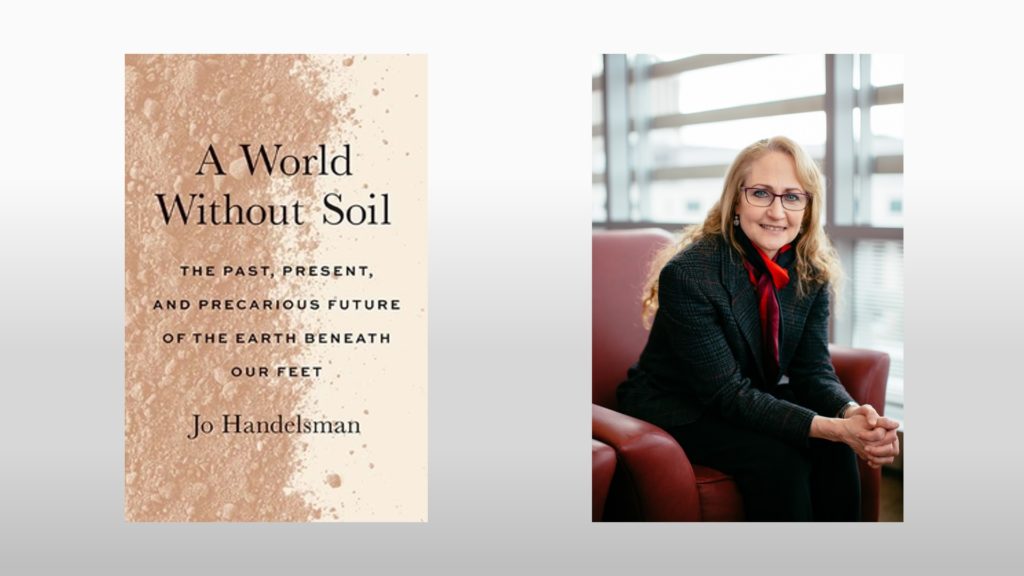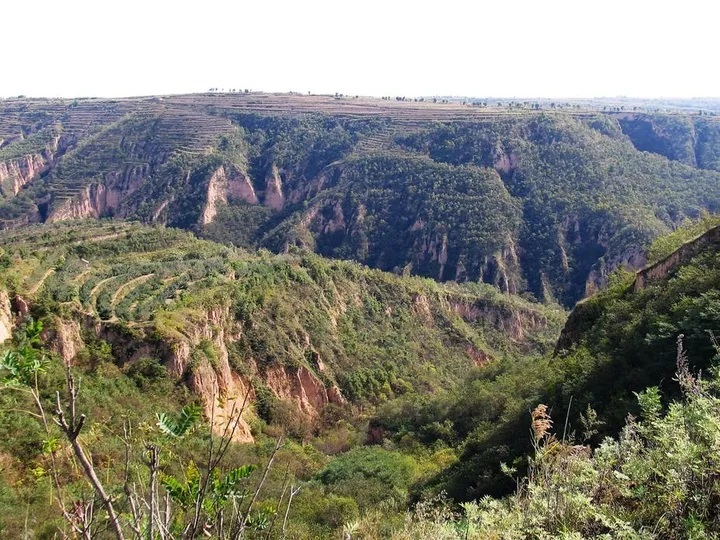Crash Course on Enhanced Rock Weathering for Carbon Removal
Rock dust delivered to agricultural fields for a terrestrial enhanced weathering field trial (photo courtesy of Lithos). Click photos to enlarge.
Melting iceberg, Greenland (credits: NASA/Saskia Madlener).
According to the Intergovernmental Panel on Climate Change (IPCC), without significant cuts in greenhouse gas emissions, the global temperature will increase by 3 to 4 degrees Celsius by the year 2100. This could have catastrophic consequences for human society. We are already living with the effects of the 1.1-degree increase that has occurred since the ...
The Science of Rock Dust and Carbon Removal with Enhanced Weathering
Carbon dioxide (CO2) is one of the three main greenhouse gasses causing climate change, which is projected to increase global temperature by 5.7° F by the year 2100. This may not seem like a large change, but the Natural Resources Defense Council warns that it can lead to serious consequences for the planet and humanity, including more severe weather, higher sea levels, crop loss, and more. As a planet, we need to prevent this.
According to Professor Jason Smerdon of Columbia Climate School, the soil and oceans naturally remove CO2 from the air, making them ...
Rock dust can remediate harmful nickel contamination
Researcher from EMBRAPA in Brazil checking on plots testing effects of nickel in soils.
Nickel contamination impacts our crops
By the year 2050, we need to grow 56% more food to feed the projected global population while simultaneously preserving our forests instead of turning them into fields for agriculture. The World Resources Institute has identified five solutions to this problem, one of which is to increase the production capabilities of our existing farmland (Ranganathan et al. 2018). This could be difficult due to nickel, which causes problems in soils ...
Getting Real: Munson’s New Book Calls For A ‘Positive Solution To Climate Change’
Remineralizing the planet increases soils’ ability to produce flora capable of absorbing and storing atmospheric carbon dioxide, thus combating global climate change without resorting to the elimination of hydrocarbons from the energy mix — that is a central theme from David Munson’s Get Real: A Positive Solution to Climate Change.
In his new book, this entrepreneur and inventor also calls for more biochar production and implementation of holistic and regenerative agricultural practices en masse, along with somewhat unorthodox methods for spreading ...
Moving Beyond Academia: Rock Dust Local Founder Promotes Remineralization Research
Tom Vanacore with some of Rock Dust Local's rock dust products. Image from video by Learn Organic Gardening at GrowingYourGreens
Remineralization proponents really should publish their own research for peer review, moving away from reliance on academic validation to convince policymakers and the public, says Rock Dust Local founder Tom Vanacore.
From left to right: Ted Dobson, Tom Vanacore and Ben Dobson, with a delivery of Rock Dust Local's biochar at Stone House Farm
“Most of the enhanced-weathering academic papers being published are either too highly ...
Silicate Rock Power: Why it’s so important and why the world should care
Agriculture puts a high demand on soil nutrients, with subsequent soil depletion driving the fertilizer industry. Fortunately, silicate rock powder provides a sustainable macronutrient and micronutrient replacement, as explained in a recent literature review by Philipp Swoboda, Thomas F. Döring and Martin Hamer (Swoboda et al. 2022).
Philipp Swoboda, PhD
For example, silicate rock powders contain most of the nutrients — potassium specifically — that plants require (Deer et al. 2013). This is particularly important in tropical climates due to high depletion of ...
Rock Dust as a Sustainable Amendment in Northwestern European Agriculture
Glacial deposit in Greenland
Introduction
The EU is the world’s leading exporter of agri-food, supplying 20% of world food and drink (Matthews, 2021; EEA, 2020). In 2020, more than 40% of Europe’s acreage was used for agriculture. 61% of this agricultural area was operated by high to medium intensity farms in terms of fertilizer and pesticide cost. The considerable growth in crop and livestock has caused environmental impacts that call for sustainable solutions.
Northwestern Europe
There are several initiatives currently focused on sustainable agricultural ...
REMINERA: How A Stonemeal Startup Arose During A Time Of Pandemic
It was the beginning of the pandemic. My colleague, Nayara Mesquita, and I had recently defended our geosciences masters theses at the Federal University of Pernambuco (UFPE), and I was still figuring out my ‘next steps’ in life.
Always the multitasker, Nayara was already doing an MBA on leadership and sustainability, along with social entrepreneurship and environmental activism. She warmly invited me to join her and start studying stonemeal, food security and carbon sequestration.
We had heard about stonemeal just once or twice at university, and so it was still a ...
Book Review: A World Without Soil
A review of: A World Without Soil: The past, present, and precarious future of the earth beneath our feet
by Jo Handelsman, 2021, Yale University Press
This book is a good, clearly written, popular introduction to how quickly we are losing the topsoil that feeds us, and how politicians treat soil like dirt. The author, a plant pathologist, is Director of the Wisconsin Institute for Discovery at University of Wisconsin–Madison, and was Associate Director for Science at the White House Office of Science and Technology Policy (OSTP) to President Obama.
She focuses ...
Tomatoes, Orchards, and Forests: Studying Reforestation and Remineralization in China
Carbon reduction in China
For China, carbon-reduction efforts remain rooted in reforestation and afforestation efforts, as the country keeps planting trees through to 2025.[4] In addition to these efforts, researchers in the People’s Republic have turned their attention increasingly towards enhanced weathering and rock dust application, studying reforestation and remineralization.
China has decades of experience with major tree planting projects, for example, in 1978 initiating the so-called “Great Green Wall” project (official name: the Three-North Shelter Forest ...

